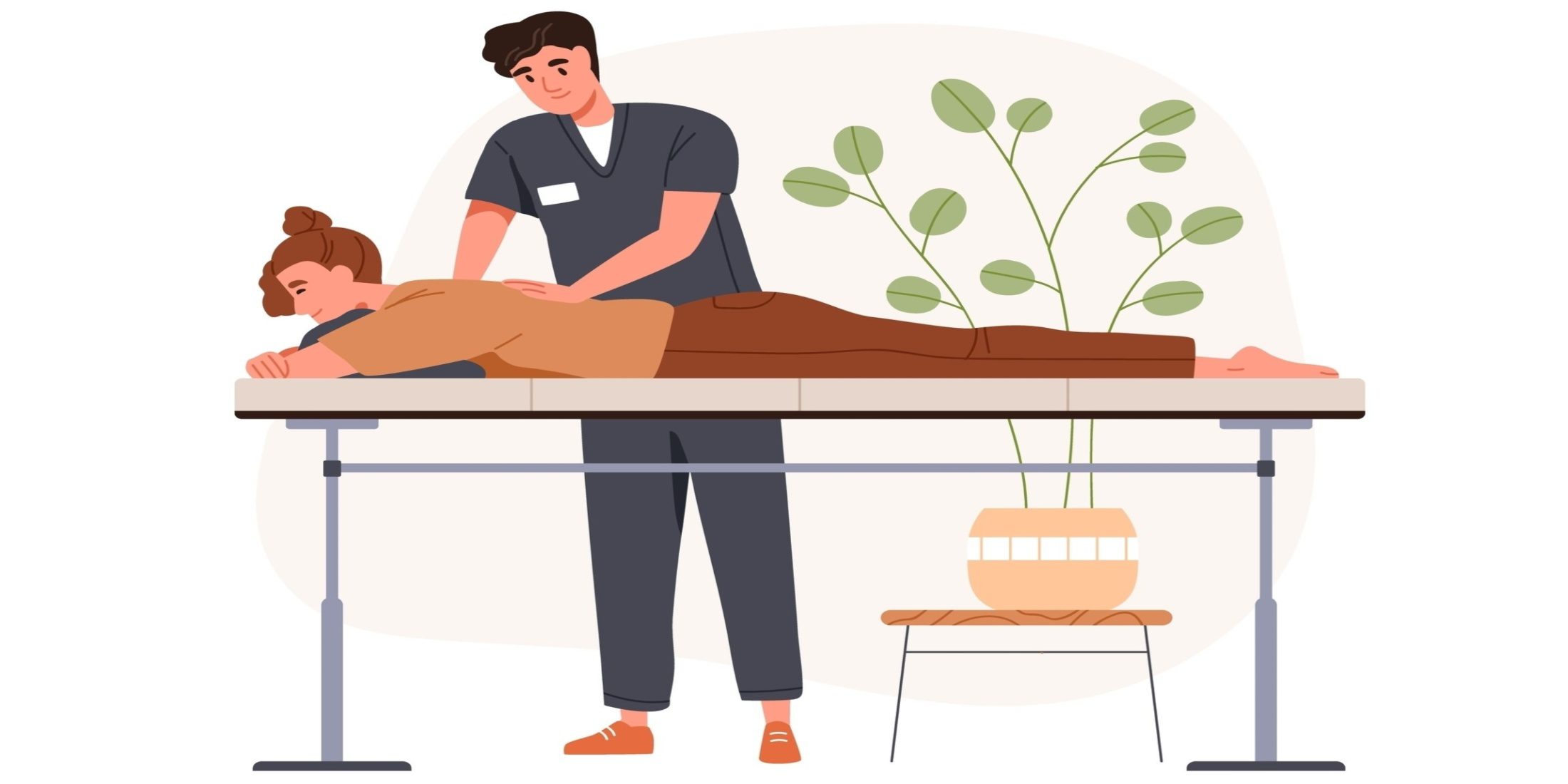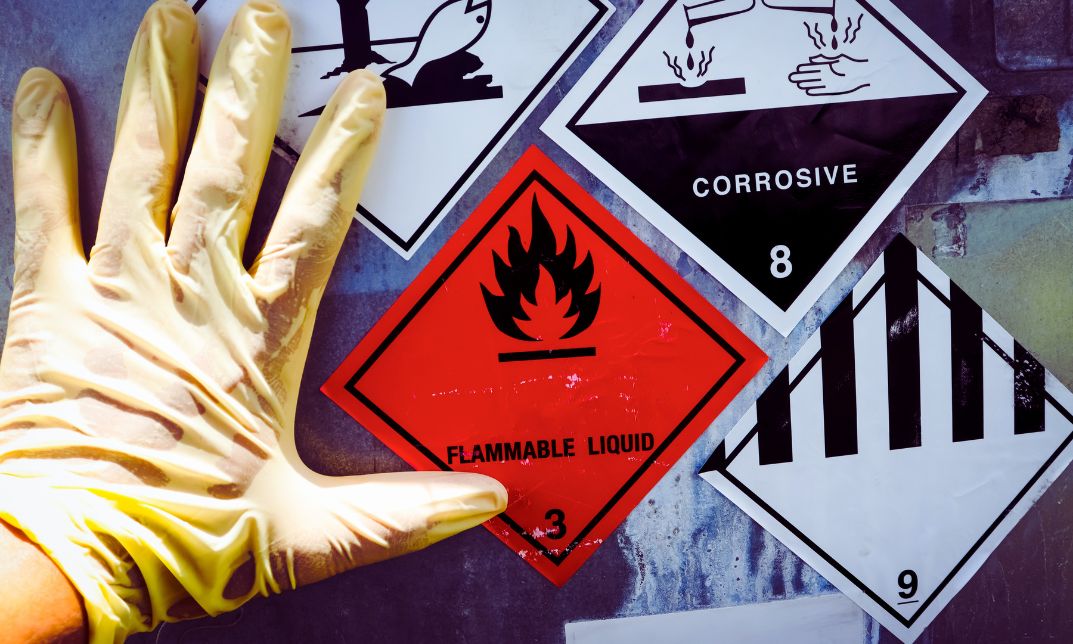No products in the basket.
Many pregnant women experience fluid retention, leading to uncomfortable swelling in the legs, ankles, and even face. This is where lymphatic drainage can be a perfect remedy. But what exactly is it, and how can it benefit you during pregnancy? In this blog, we’ll explore the wonders of lymphatic drainage massage for expecting mothers, from reducing swelling and boosting circulation to promoting relaxation and overall well-being. So, get ready to feel comfortable during your hardest time.
What is the lymphatic system?
Lymphatic drainage is a gentle massage technique that helps move lymph fluid through your body. This fluid removes waste products, toxins, and excess fluid from your tissues. By improving the flow of lymph fluid, this massage helps your body detoxify, reduce swelling, and boost your immune system.
The massage uses light pressure and slow, rhythmic strokes to encourage the movement of lymph fluid. This is especially helpful during pregnancy when your body changes and can retain more fluid. Lymphatic drainage can help reduce common pregnancy issues like swelling in your legs and ankles by improving fluid balance and circulation.

How is lymphatic massage performed?
Lymphatic massage, or manual lymphatic drainage, is a gentle technique designed to encourage the natural circulation of lymph fluid through the body. Here’s how it’s typically performed:
- Preparation: Before beginning the massage, it’s important to ensure a comfortable and relaxing environment. The person receiving the massage should lie down in a comfortable position, ideally on a massage table, and cover themselves with a sheet or towel for modesty and warmth.
- Starting at the Neck: The massage usually begins at the neck, as this is where the lymphatic system drains into the venous system. Using light, rhythmic strokes, the therapist gently massages the neck area to stimulate lymph flow.
- Working Down the Body: From the neck, the massage continues down the body. The therapist uses light, sweeping movements to encourage lymph flow towards the lymph nodes. This typically involves gentle strokes and pumping movements on the skin, following the direction of lymphatic flow.
- Focusing on Key Areas: Certain areas of the body, such as the armpits, abdomen, and groin, have a higher concentration of lymph nodes. The therapist pays special attention to these areas, using gentle pressure to stimulate lymph drainage.
- Using Gentle Pressure: Lymphatic massage is characterised by its use of very light pressure. The lymphatic system is close to the surface of the skin, so deep pressure is neither necessary nor beneficial. The goal is to stimulate the lymphatic vessels just beneath the skin.
- Encouraging Relaxation: Throughout the massage, the therapist ensures the person remains relaxed and comfortable. Slow, rhythmic movements not only help with lymph flow but also promote a sense of calm and well-being.
- Completing the Massage: The session typically ends as it began, with gentle strokes on the neck to ensure that the lymph fluid continues to move efficiently towards the drainage points.
Benefits of Lymphatic Drainage in Pregnancy
During pregnancy, the body undergoes significant changes, including increased fluid retention and swelling. Here are some reasons how lymphatic drainage massage helps with that:
- Reduce Swelling: By promoting the removal of excess fluids, lymphatic massage can help reduce swelling in the legs, feet, and hands.
- Improve Circulation: Enhanced lymph flow can improve overall blood circulation,
which is beneficial for both the mother and the baby.
- Boosts Immune Function: The lymphatic system plays a crucial role in your immune response. By enhancing lymph flow, this massage technique helps your body better eliminate toxins and waste, potentially reducing the risk of infections.
- Alleviates Discomfort: As your body changes during pregnancy, you might experience aches, pains, and a general sense of heaviness. Lymphatic drainage massage can relieve muscle tension and improve overall comfort, making it easier to cope with these physical changes.
- Promote Relaxation: Pregnancy can be a stressful time, both physically and emotionally. Lymphatic drainage massage induces a state of relaxation, helping to reduce stress and anxiety, which is beneficial for both mother and baby.
In conclusion, lymphatic massage is a safe, gentle, and effective way to support the health and well-being of expectant mothers, offering numerous benefits that enhance comfort and overall health during pregnancy.
How often should I get lymphatic massage treatment?
The frequency of lymphatic massage treatments can vary depending on particular needs, especially during pregnancy. Here are some general guidelines to help you determine how often you should get lymphatic massage treatment:
Consult Your Healthcare Provider
Before starting any massage therapy, it’s essential to consult with your healthcare provider. They can give personalised advice based on your specific health needs and pregnancy progress.
General Recommendations:
- First Trimester: During the early stages of pregnancy, once a month may be sufficient to support your lymphatic system. Plus, it will help with early symptoms like mild swelling and fatigue.
- Second Trimester: As your body undergoes more changes, consider increasing the frequency to twice a month. This can help manage increased fluid retention and support your overall well-being.
- Third Trimester: In the final stages of pregnancy, weekly sessions can be highly beneficial. They can help reduce significant swelling, improve circulation, and alleviate discomfort.
Listen to Your Body
Your body’s response to lymphatic massage is an excellent indicator of how often you should receive treatment. Pay attention to how you feel after each session and discuss any changes with your therapist and healthcare provider.
If you’re interested in studying further about Lymphatic Drainage Massage, Training Tale has an amazing course in store, you can check it out here!





